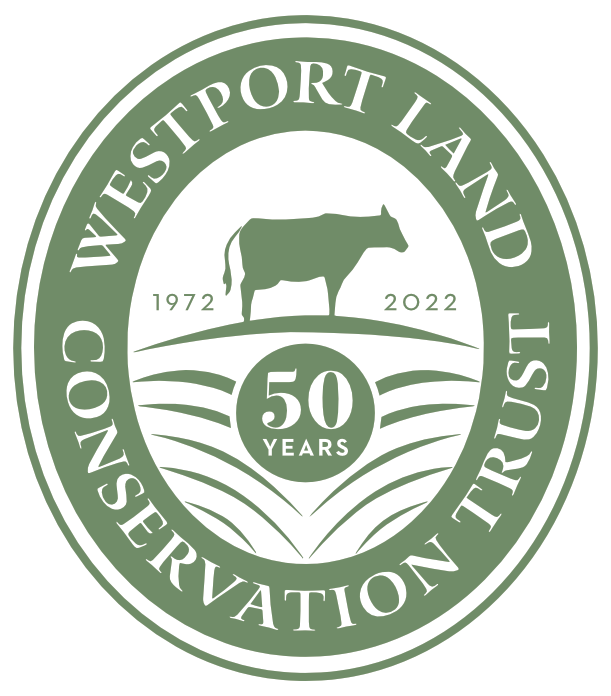
Westport Land Conservation Trust puts a lot of emphasis on preserving land that creates green corridors. A recent conversation at a meeting of ecologically-minded folks in Rhode Island helped me focus on the why of these swaths of habitats.
Recently, I met a colleague whose work focuses on remotely collected data analysis, discerning the state of arctic ice and water temperature in northern seas. His work is totally different from mine, here in the woods of Westport and I was fascinated: deploying a buoy and then monitoring the findings of that technology from afar seems like a type of magic!
My colleague’s work is on the microscopic level, whereas mine is concerned with populations and where they reside. We realized that we both knew the same single Maple tree where hundreds of warblers drop in to rest on their migration. Imagine, I shared, if birds feel that comfortable with a single tree, how they feel about contiguous stretches of open space! Connected tracts of green space allow populations (birds, insects, mammals) to feel at home. Not just one tree but the entire habitat that a creature needs to survive: shelter & protection, food, and variety.
The feeling of belonging that comes from being in a place can bring with it great specificity. As humans, we can identify as being from a region, like New England, or from a state, or from a village. For many organisms, their “region” might be no more than a square meter of soil–patch of dirt could house anywhere from 500 to 200,000 arthropods, like beetles and ants, for instance)–or it could be that their domicile is a single tree in a grove.
Trees of Westport
This month, at WLCT we are shining a spotlight on the trees of our community. If you visit our conservation areas, you’ll notice that different trees make up different landscapes depending upon the habitat that they reside in. I thought it would be interesting to focus specifically on some of the species that line the paths of Herb Hadfield Conservation Area, where Northern Red Oaks are abundant at the periphery of the meadows, and give way to young Sassafras trees as you continue down the trail.
Each of these trees has their own particular qualities, from providing shelter and food sources for living beings, fixing nutrients, preventing erosion and increasing the quality of the soil. Indeed, even species that have made their way in as invasives – species like Autumn Olive, for instance – have certain benefits, such as the ability to fix nitrogen. Aside from all that, there are the anthropocentric benefits, such as the splendid array of uses of Red Cedar for timber and woodworking, or just the sheer number of birds that might make an oak tree their home during seasonal migration.
WLCT and Connected Habitats
The conversation with my colleague led to an emphasis on the importance of continuous green space, and how beneficial it is to the broader ecosystem when a patch of habitat is joined to another through contiguous land protections. As the Westport Conservation Land Trust continues to preserve new spaces, expand existing preserved lands, and link others, the benefits are clear to us, as well. A walk through Herb Hadfield will surprise you with its wondrous variety of songbirds – as autumn begins to settle in, take the opportunity to be dazzled by the many species wandering through, making the oaks and cedars of Westport their seasonal home. It’s amazing what you’ll see in a tree.

